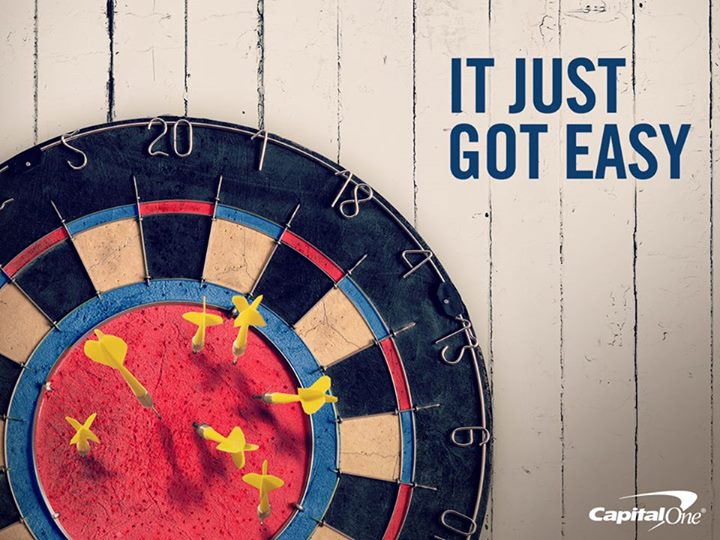
I am sure that a lot of goofy things can and will be done by folks to call some instrument “calibrated.” Some places simply do a calibration check at one point and presume linearity across a range. Lunacy.
What forensic science should have in its analytical instruments is “true scientific instrument calibration” which is part of the Equipment Qualification Plan. It covers Design Qualification (DQ), Installation Qualification (IQ), Operational Qualification (OQ), scheduled repeat OQ, and Re-Qualification after Repair (RQ).
For a true scientific calibration to be scientifically valid it must be based upon Certified Reference Materials (CRMs). This is how an instrument is properly calibrated in the regulated world of the EPA and FDA in the US and in other similar realms around the world.
Please note that I am not simply taking about the mantra that we hear all the time in forensic science: “We use NIST traceable standards.” That is not good enough for me. You can make some really crappy stuff that is still “NIST traceable.” If you take a NIST SRM for ethanol and serially dilute it with pond water, it is not going to be to a CRM value but it will still technically be “NIST traceable.”
CRMs per the ISO Guidelines are very specific types of reference materials.
Simply put there are no true CRMs for ethanol that adhere to ISO Guides 30-35 that are commercially available below 0.02 for ethanol. Therefore any measurement below a 0.02 ethanol result is automatically suspect and presumptive non-validated.
De-ionized water does not meet the definition of a component for a CRM and by itself is not a CRM. That is an inferior component to a CRM. True “Type 1 water” does meet the component definitions for a CRM. By true Type 1 water I mean ASTM (American Socity for Testing and Materials) D1193, ISO (International Organization for Standardization) 3696, and CLSI®-CLRW. (Clinical and Laboratory Standards Institute-Clinical Laboratory Reagent Water) regulated, tested and certified water. NIST makes its SRMs out of true Type 1 water.
Simply having a readable result of a number does not mean it is a valid result or a true result.
You cannot make a true CRM to 0.00. No analytical instrument is capable of measuring zero. Zero or what your instrument thinks is zero or reads as zero is not a reliable measurement. Zero does not mean zero. It’s not like our common frames of reference where you look in your pocket and you can see that you have zero dollars. This is about an extreme small molecule. We have no devices that can scan and determine down to the atomic level that ethanol is not present. That is what would be required to measure zero. There are strives in nanometrology that are trying to do this right now, but alas we are not there yet.
Anything reading below your lowest CRM calibrator is at best inferred and simply experimental, but without a doubt it is not proven, not demonstrated and wrong to report out.


